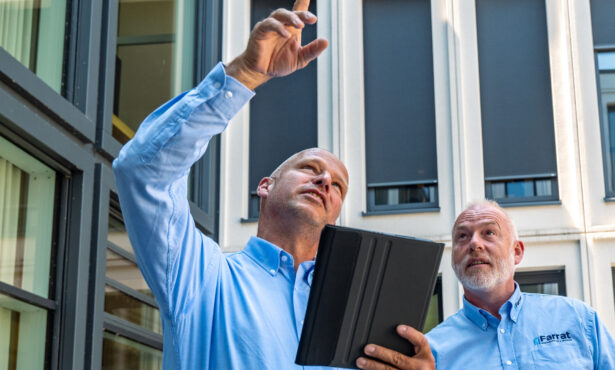Fire regulations for construction exist across most of the world, and the sad fact is that they were mostly created, or updated, as a result of a fire related tragedy. Most recently in the UK was the Grenfell disaster which claimed 72 lives, but this history goes back further.
In the US, a 1911 fire in a building constructed mainly of wood and packed with flammable cloth caught fire, and nearly 150 people were killed. This led to the founding of the National Fire Protection Association, still the leading source of information on fire codes across the USA and most of South America. Spain had two major fire incidents in the 1970’s in a hotel and a hospital. The hospital fire – whilst not claiming any lives – led to the evacuation of around 300 ill children. These incidents led to the first national fire safety regulation in the country.
Following wildfires and bushfires globally, there is also a strong call for more research on the effects of fires from outside a building as well as within, potentially leading to further regulations in commonly affected areas in the future.
In England and Wales, the new regulations are still being voted on in government, with MPs wanting to go even further than the current bill proposal goes. The new bill focuses on preventing fires, fire safety measures and the use of combustible materials.
More construction businesses at all levels are looking to get ahead of the game when it comes to use of non-combustible or limited combustible materials.
In addition to meeting government regulations, there are going to be more questions from buyers on the materials used in high rise buildings and their level of combustibility. As awareness of tragedies in high rise buildings grows, this trend is set to spread across the world.
Those designing and building high rise buildings need to be able to show that every precaution has been taken for fire prevention and safety.
This was one of the key reasons for the development of Farrat’s A2 Fire Rated Structural Thermal Break ‘Farrat TBF’; taking 12 months of development, working with Salford and Manchester Universities, material scientists and specialist raw material producers.
Structural thermal breaks might not be on the list of materials that need to be non-combustible or have limited combustibility yet, but going beyond the standard will be a major selling point for high rise properties and brings state of the art buildings ahead of the game in fire safety.
Structural thermal breaks are used in a range of different functionalities including structural balcony connections, curtain walling, main screen cladding, brise soleil and canopies. Many of these areas are prevalent in high rise buildings where fire safety is a particularly significant concern.






